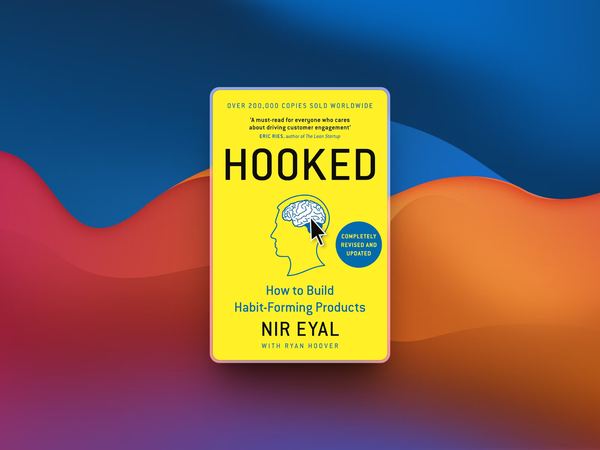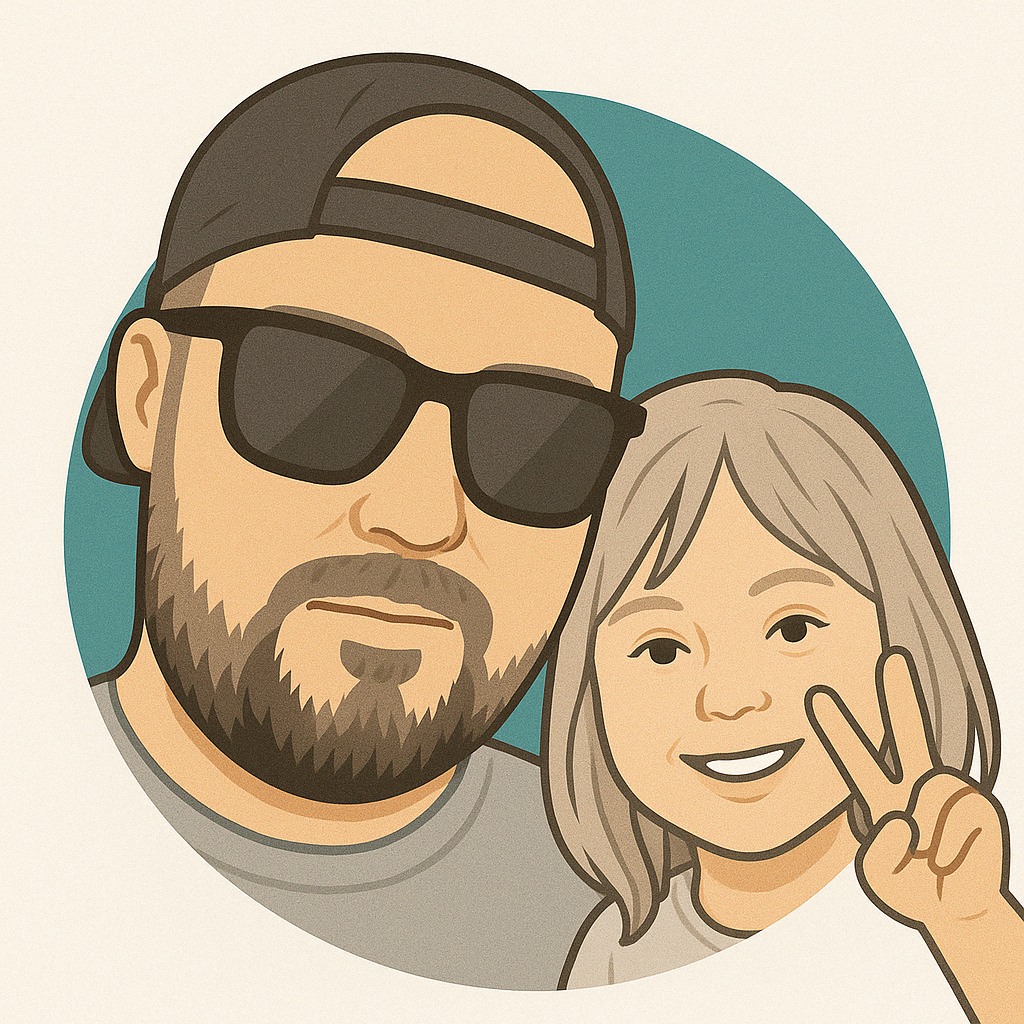In a recent project, one of our teammates ran an eye-opening ethnographic research session that uncovered some game-changing insights.
By getting into the field and observing users in their everyday environments, they picked up on details that traditional research might miss—from small frustrations to surprising ways people used our product.
These insights went beyond our initial assumptions and gave us a fresh perspective on what users really need, showing just how valuable ethnography can be in designing products that fit naturally into people’s lives.
Ethnography offers this unique window into user behaviour, situating research in real-world settings rather than controlled labs.
This approach allows us to capture deeper insights into user motivations, pain points, and needs that often go unseen in traditional setups. Here’s a closer look at why ethnography plays such a crucial role in user research—and the challenges that come with it.
What Makes Ethnography Unique?
Ethnography in user research is about immersion. Researchers observe users as they interact with products in their natural contexts.
This approach, borrowed from anthropology, allows researchers to capture the subtleties of user behaviour as they naturally unfold, which can provide an authentic view into how users engage with products.
Ethnographic Research Methods
Ethnography in UX relies on various methods:
- Direct Observation: Researchers quietly observe without interference.
- Participant-Observation: Researchers join in activities, bridging the observer-participant gap.
- Diary Studies: Users document their own experiences over time.
- Netnography: Observing digital interactions within online communities.
Let's look at each research method in more detail.
Direct Observation
In direct observation, researchers take a hands-off approach by quietly observing users as they go about their daily routines or interact with a product.
There’s no interference or interaction from the researcher, allowing users to behave as naturally as possible. This method is ideal for spotting subtle behaviours, routines, or pain points that users might not mention in interviews but reveal through their actions.

For instance, in a retail environment, researchers might observe how shoppers navigate aisles, what they hesitate over, and what draws their attention, all without prompting or guiding their experience.
Participant-Observation
Participant-observation goes a step further by having researchers actively engage in the activities they’re studying.
Rather than merely watching from the sidelines, researchers join in, becoming a part of the user's environment. This method bridges the gap between observer and participant, giving researchers a more personal understanding of user experiences.
It’s especially valuable when the activity is complex or emotional, as it allows the researcher to feel and understand user frustrations or delights firsthand. For example, in a healthcare setting, a researcher might shadow patients through their treatment process, from check-in to discharge, providing unique insights into the patient journey.
Diary Studies
Diary studies involve users documenting their own experiences over time, often in the form of written notes, photos, or videos.
This method captures the user’s perspective in real-time or as close to it as possible, giving insights into how interactions evolve and how users feel at different points.

Diary studies are especially useful for understanding long-term engagement, as they reveal changes in user satisfaction, patterns of use, and emerging needs.
For instance, a user testing a new fitness app over several weeks might note their initial excitement, challenges faced, moments of frustration, and eventual feelings about the app, all of which give researchers a more complete picture.
Netnography
Netnography, or digital ethnography, focuses on studying user interactions within online communities, such as forums, social media, or specific interest groups.
Instead of traditional face-to-face observation, researchers observe online behaviours, conversations, and shared content. This method is ideal for understanding digital communities and gaining insights into user opinions, trends, and engagement patterns within online spaces.

For example, a researcher might study how members of a Reddit community discuss a particular software tool, revealing common issues, unspoken expectations, and ways people integrate the product into their lives.
Ethics of Observation in Ethnography
Ethics play a pivotal role in ethnographic research, especially when it comes to observing people in their natural environments. At its core, ethnography is about understanding authentic user behaviour, but achieving this insight raises complex ethical questions around participant awareness and consent.
Overt Ethnography
In overt ethnography, participants are informed that they are being studied, often giving explicit consent to be observed.
This approach aligns with ethical best practices, as it respects the participant's right to know they’re part of a study. However, knowing they’re being watched can cause participants to alter their natural behaviours—something researchers call the "observer effect."
This change might manifest in subtle ways, such as becoming more self-conscious, trying to “perform” well, or avoiding certain actions altogether. While overt ethnography is ethically sound, it may sacrifice some degree of natural, spontaneous behaviour.
Covert Ethnography
On the other hand, covert ethnography involves observing participants without their knowledge, which allows for more authentic, unfiltered observations.
Because users don’t know they’re being studied, they are less likely to modify their actions, providing researchers with insights into their genuine behaviours. However, covert ethnography presents ethical challenges, primarily around informed consent.
Without notifying participants, the researcher risks violating privacy and trust, which can have legal and reputational implications, especially in sensitive or private settings.
Ethical considerations require balancing the need for authentic behaviour with respect for participants' rights, making this a nuanced decision. While covert methods might seem tempting for more accurate insights, ethical guidelines generally discourage such practices without very strong justification.
Pro Tip: Finding an Ethical Balance
When facing the overt versus covert ethnography dilemma, there are ways to balance the need for authenticity with ethical transparency:
- Use "Passive Consent" Approaches: In public spaces, consider informing participants broadly, like with signage, rather than direct disclosure. For instance, a sign indicating that observations are taking place for research purposes can be used in places like cafes or public areas, allowing those uncomfortable with observation to opt out by leaving the area.
- Combine Methods to Reduce Observer Effect: Start with overt ethnography to build participant trust, then allow observation periods to extend, giving participants time to adjust and become more relaxed. Over time, participants may revert to more natural behaviours, even when aware of being observed.
- Pre-Interview Disclosure: Before starting, have a transparent conversation with participants to explain what will be observed and why, assuring them that the goal is to understand their authentic interactions. When participants understand the purpose, they may feel less pressure to modify their behaviour, reducing the observer effect.
- Regularly Reassess Consent: In studies that take place over extended periods, check in with participants about their comfort level and remind them they have the right to opt out at any time. This builds rapport and shows respect for their boundaries.
Balancing ethics and authenticity in ethnography is essential, as it not only protects participants but also builds trust, making them more likely to engage honestly and naturally.
The Benefits of Ethnography in UX Research
Ethnographic research brings several advantages to UX design, particularly in uncovering latent user needs and desires that might not surface in surveys or interviews. Here are some key benefits:
- Contextual Insight: Observing users in their natural environments reveals context-specific pain points and usage patterns. For instance, watching someone use an app on a crowded train versus a quiet office highlights different interaction challenges that typical lab testing might miss.
- Unfiltered Data: Ethnography provides raw, unmediated insights by capturing what users do rather than what they say they do. People might describe their app use one way, but observing them can tell a completely different story.
- Longitudinal Data: Ethnographic studies often extend over days, weeks, or even months, allowing researchers to see changes over time. This approach is invaluable for understanding how user interactions evolve, uncovering needs that emerge only after prolonged use.
While ethnography has its strengths, it comes with notable challenges:
- Time-Consuming: Ethnographic studies are often lengthy, demanding significant time for data collection and analysis, which might not be feasible for every project timeline.
- Resource Intensive: This method requires considerable resources, including skilled researchers and often multiple observation sites. For many startups or smaller teams, ethnography can be cost-prohibitive.
- Data Complexity: Ethnography yields vast amounts of qualitative data that need careful analysis to extract actionable insights. This complexity often requires specialized tools and analytical techniques, adding to the research burden.
Should Ethnography Be Part of Every UX Strategy?
Ethnography isn’t a fit for every UX project.
For rapid development cycles or projects with limited budgets, the method may not be practical. However, it’s invaluable for projects requiring deep insights into user behaviour, especially when exploring new products or significantly revamping existing ones.
In a landscape where businesses often rush products to market, taking the time for ethnographic research can be a competitive advantage.
By understanding users holistically, companies can design products that meet real needs rather than superficial wants.
This approach may be more resource-intensive, but it can yield long-term rewards through stronger user satisfaction and loyalty.
Final Thoughts
Ethnography provides a powerful lens for understanding users in ways that no other method can match.
Despite its challenges, its ability to generate authentic, context-rich data makes it invaluable for designing truly user-centered products.
When time and budget allow, incorporating ethnographic insights can set a product apart in a crowded market, allowing UX teams to design not just for users, but with an intimate understanding of their lives, behaviours, and needs.
In conclusion, ethnography should be seen as a powerful tool in the UX toolkit—best used strategically for projects where understanding context and authentic user behaviour is paramount.
Ethnography may not be the fastest or most economical approach, but its insights are often the most transformative.












